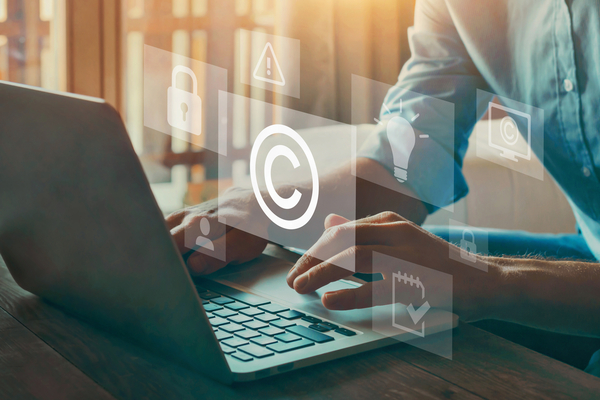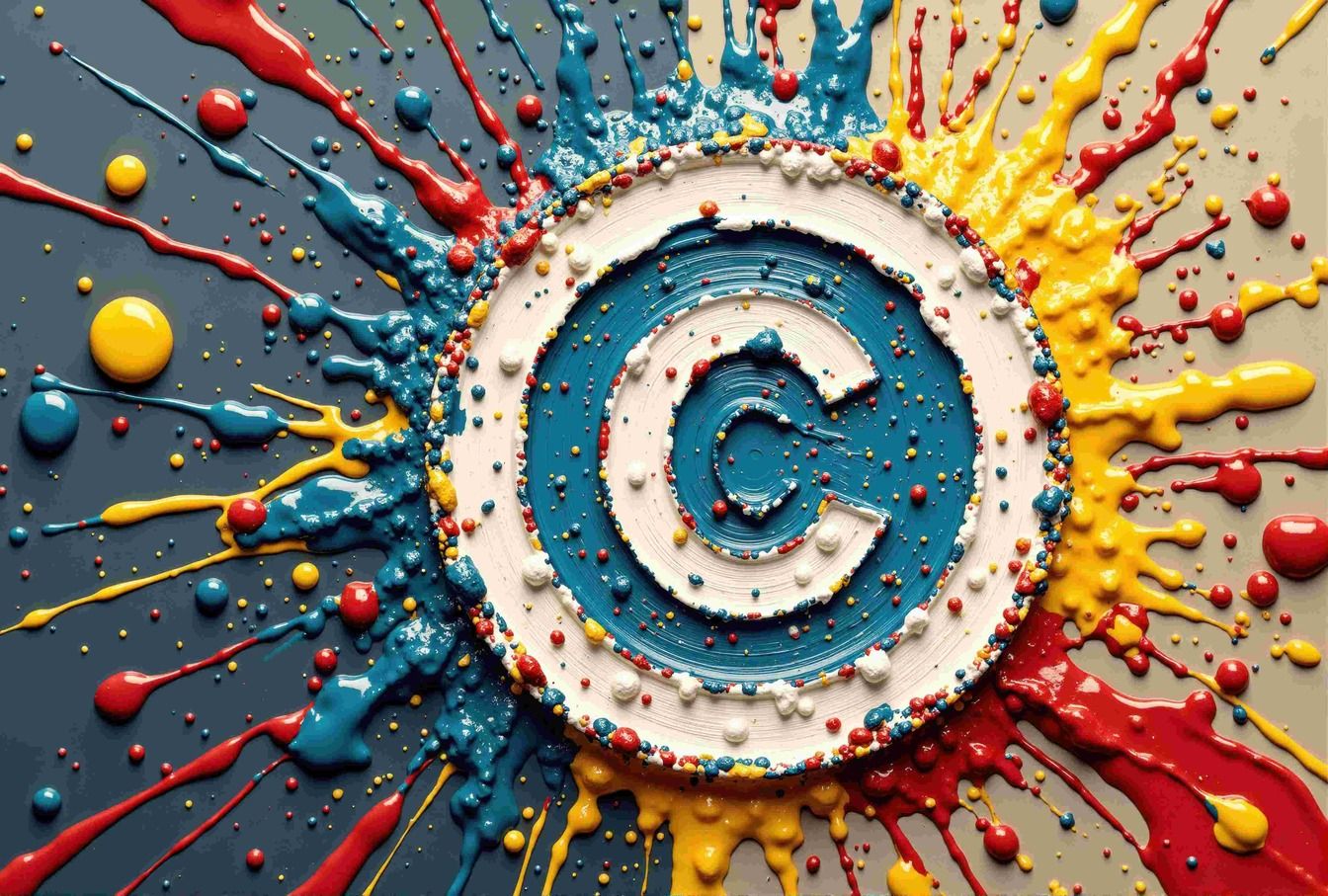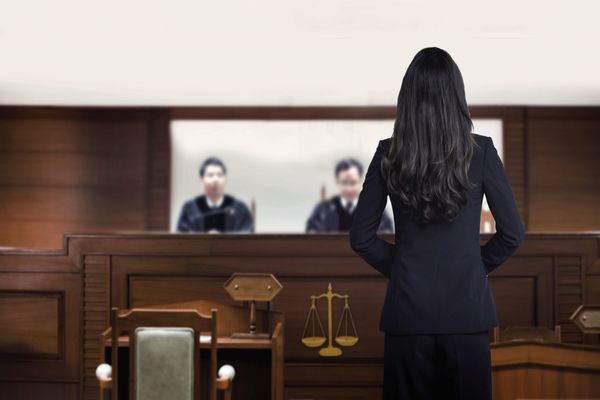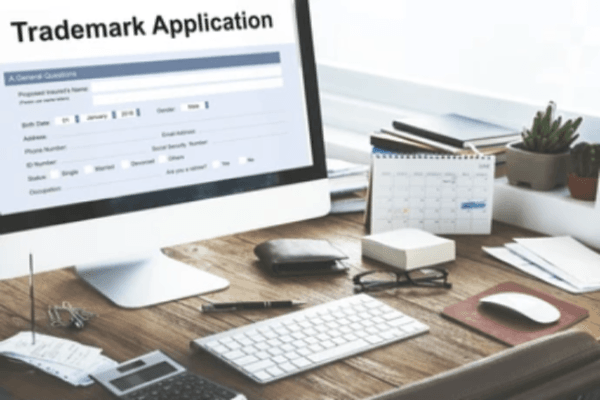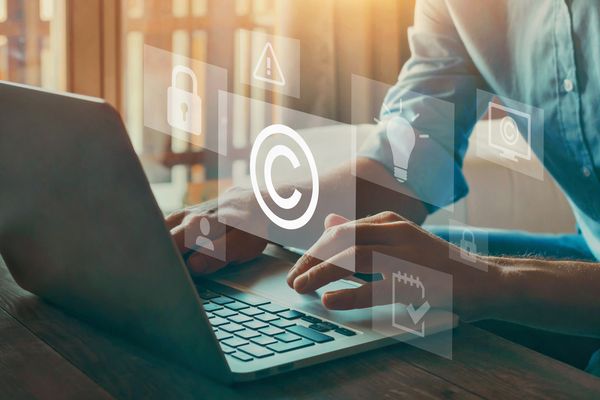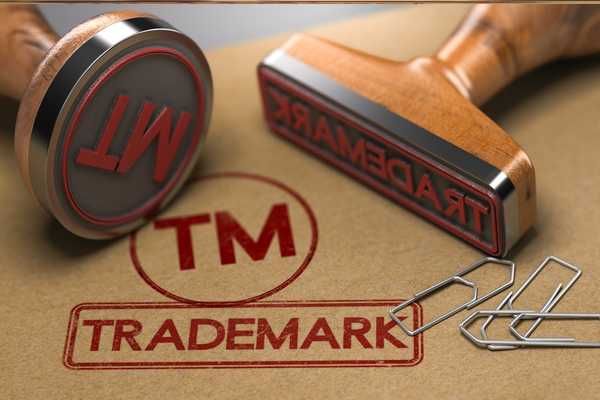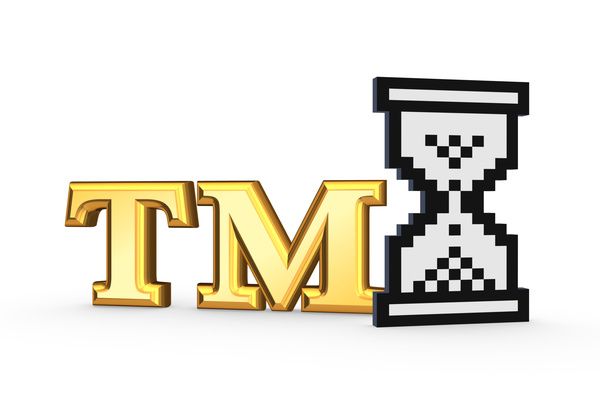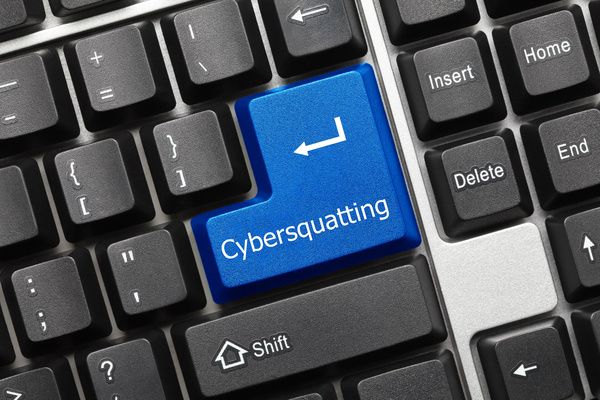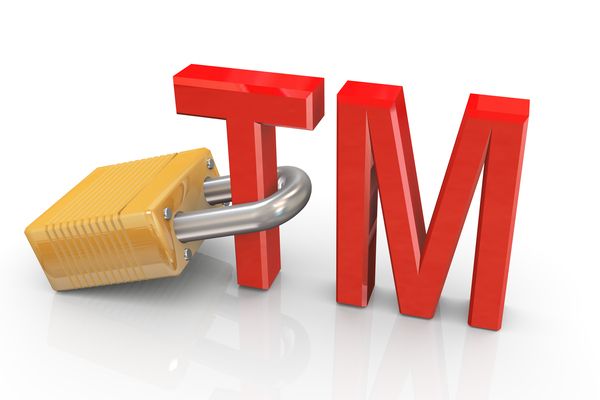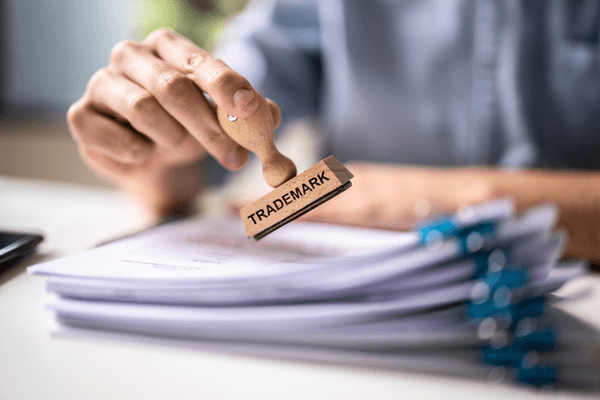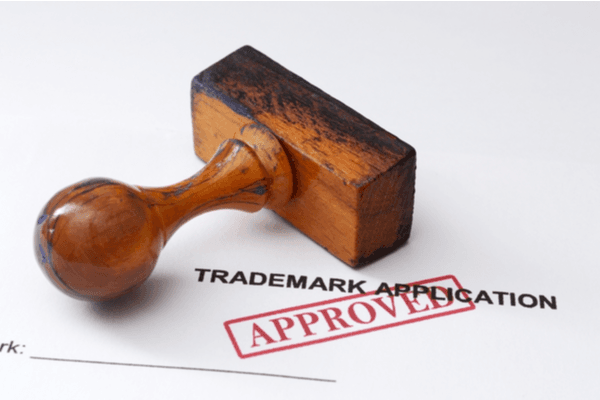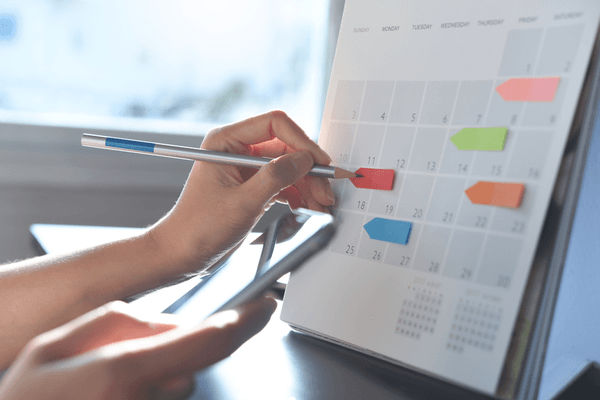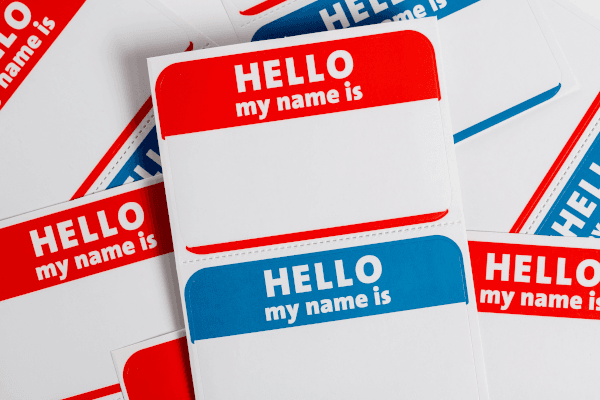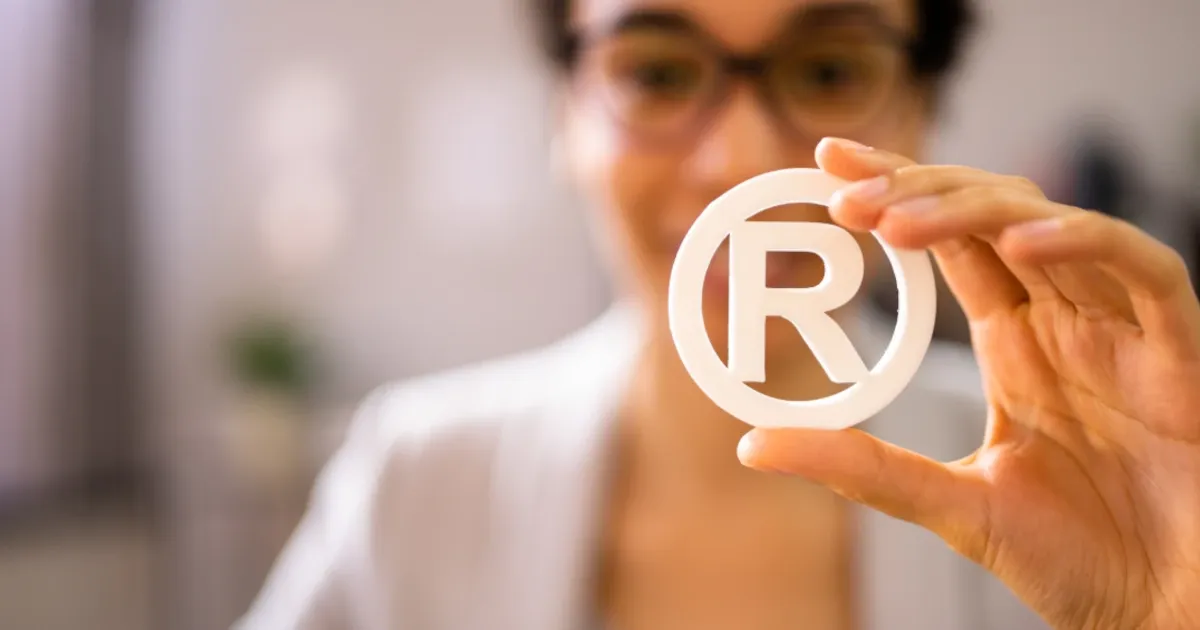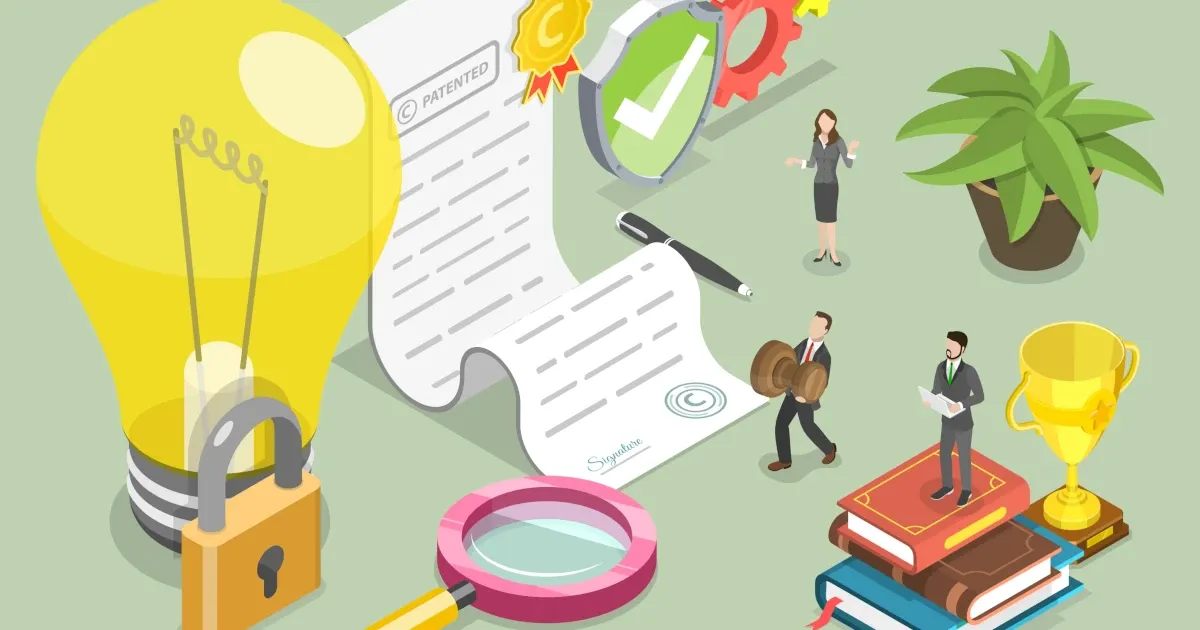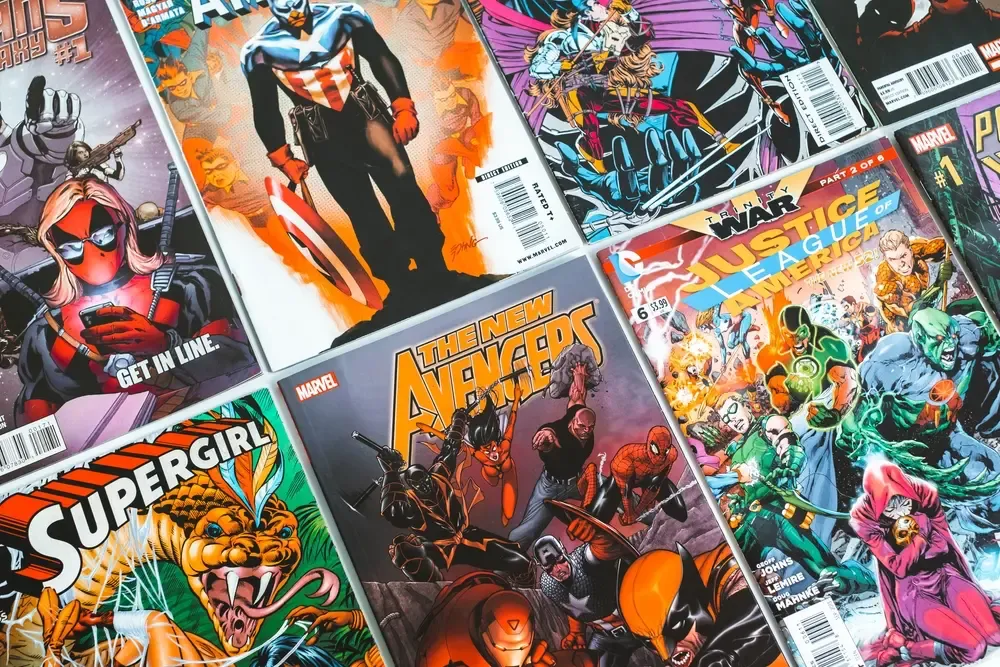The Top Nine Copyright Mistakes and How to Avoid Them
You place yourself at risk when you make common copyright mistakes. Learn more about what those mistakes are and how you can avoid them.


Copyright is essential whenever you create a piece of original work. You want to ensure that your rights are protected and that you haven’t infringed on somebody else’s existing copyright. Unfortunately, it isn’t always straightforward. People make numerous copyright mistakes, unwittingly or otherwise, that can land them in serious trouble.
What are these copyright mistakes, and what can you do to ensure you don’t make them? Here, we answer those questions by examining the nine biggest copyright mistakes you must avoid.
1. Using Too Much of a Resource
It’s almost impossible for any creative work to be 100% original. Your work influences will come through no matter how hard you try. For example, a selection of notes you’ve heard in another song might subconsciously find their way into yours, or you may actively use parts of a resource to demonstrate your point in writing.
In most cases, having your influences on display isn’t a problem. However, it becomes a significant issue if you use too much of whatever has influenced you, especially if you don’t credit the original creator. By essentially copying and pasting somebody’s work, you put yourself in line for a request to remove your finished piece from the medium you’ve used to publish it. You may even need to pay a financial penalty if the offense is especially severe.
You need to demonstrate that the resource supplements your work and that you didn’t copy directly from it. Use no more than 10% of any work you reference or use for inspiration to avoid this mistake. You should also always give credit to the person or organization that provided the resource.
2. Ignoring the Law
Many bloggers and similar creators pull inspiration from various sources, but it’s all too common for people to disregard copyright law when creating their pieces. Ignoring the law can only lead to several other mistakes in this list.
It’s vital to be aware that copyright laws exist for almost any piece that you draw inspiration from. Copying ideas, opinions, or entire text passages could place you in line for the punishments mentioned earlier. As a general rule, assume any work you reference is protected by copyright, so you’re always in the right mindset to act accordingly.
3. Failing to Copyright Your Content
Moving from using other people’s copyrighted work, it’s also crucial that you copyright any original piece you create. Most people wrongly assume they can rely on common-law copyright if somebody steals their work.
Common-law copyright automatically applies to any piece you create, but it’s much more difficult to prevent people from using your work without adding additional protection. If you depend on common-law copyright alone, you place the responsibility on yourself to prove that the offending piece violates your copyright. It can also mean that somebody else generates revenue from your work.
You should take active steps to cement the work as yours by applying for registered copyright with the U.S. Copyright Office.
Registered copyright has several federal protections that do not apply to common-law copyright. It defines you as the registered creator of the piece, making it more difficult for others to claim authorship or ownership. You also gain the right to seek damages with a federal lawsuit against those who steal your work. Essentially, you can earn compensation for copyright infringement.
Registering copyright protects your work more thoroughly because it leaves no room for doubt in disputes. Plus, copyright registration is relatively inexpensive, and you can complete it easily with the help of professionals.
4. Making Assumptions
So, you found a piece of work that you want to use in your creation. You search for a copyright notice but can’t find one. You also can’t find the © symbol anywhere in the piece. Since you’re satisfied that the work is not copyrighted, you decide to use it liberally in your piece. But, in reality, that work is copyrighted.
Many people assume that creators have to place a copyright notice somewhere in their work for copyright laws to be enforceable. That is not the case. Since 1989, common-law copyright has been automatically applied to any original piece regardless of whether there is a specific copyright notice.
You should assume that any work you find is protected by copyright law and reference it appropriately. The only cases where copyright likely doesn’t apply is if the original creator has passed away and more than 70 years have elapsed since their death. Even then, it’s always worth researching to ensure nobody has claimed the copyright.
5. Planning Time to Apply for Clearance
You can use copyrighted material in your work as long as you reference it correctly and clear the use of the work with the original creator. Unfortunately, many fail to give themselves enough time to achieve this clearance, meaning they miss deadlines or cannot use the copyrighted material.
For example, let’s assume you’ve created a piece of music that samples a copyrighted piece. If you did not achieve clearance for the sample before completing the track, you have to wait for the original creator to give you the go-ahead. If that creator refuses, you cannot make your work publicly available. As a result, you lose time, money, and the energy that went into creating the song.
The best way to avoid this is to plan. If you know you’re going to use a copyrighted piece in your work, contact the license holders as soon as possible. Create a dialogue early on so you can obtain permission and continue with your work.
6. Sharing Other People’s Content
It’s essential to understand the laws behind sharing a piece of copyrighted work. For example, let’s say you’re writing a blog post and want to add an image. You go online, find something suitable, and share it in your work without citing where the image came from. You’ve just broken copyright laws by sharing somebody else’s image without crediting them for their work or getting their approval.
Sharing somebody else’s video, image, or even a PDF they’ve created could be copyright infringement. You should always seek permission from the original creator. In many cases, the creator will provide permission as long as you cite their work. However, using somebody else’s work in a medium that offers high financial gain, such as a movie, may require you to pay a licensing fee to the original creator.
7. Misunderstanding Fair Use
Fair Use applies when you use copyrighted material to transform it into something else or provide context for your work, such as in cases of parody or criticism. Fair Use also applies if you review or provide commentary on a piece. For example, a gamer on YouTube operates under Fair Use if they release a video of gameplay footage with their commentary added in the background.
Many misunderstand the specific requirements for Fair Use. Let’s assume you’ve written an article where you quote heavily from somebody else’s work. If you provide no additional commentary or rebuttal, it’s not Fair Use. You’re likely plagiarizing the other person’s work because you’re not adding anything to transform it. On the other hand, quoting somebody’s work to rebuke their points or criticize the piece is likely covered under Fair Use.
Fair Use is a legal gray area as it’s often difficult to determine when it does and doesn’t apply. You might want to consider consulting somebody well-versed in copyright law to avoid running into Fair Use issues. You should also make sure that you seek permission and properly cite the source of the work that you’re using in your piece.
8. Posting Terms and Conditions for Your Work
You shouldn’t assume that a piece isn’t copyrighted because there are no terms or conditions. On the other hand, if you’re the work’s creator, you should always try to make your terms and conditions readily available.
If you don’t clarify your work’s copyright status, you risk people assuming it’s not copyrighted. You’re also creating more work for yourself if you have to find improper uses.
By creating terms of use related to your work, you can reduce the time and money spent chasing breaches of your copyright. You can also provide rules for using your content that others know they must follow.
For example, a terms of use page can protect the content of your website. This page can define how you use content posted to your website, the terms you expect others to follow if they use your content, and even how much you charge for using your work. A terms of use page is also something you can point to if a copyright dispute occurs.
9. Assuming Copyright Applies to Ideas
Copyright applies to the tangible expression of your idea. You can not protect an idea for an article with copyright, but you can benefit from copyright protection once you create a piece based on that idea.
If you have a unique idea that you haven’t turned into something tangible, you must file for a patent to protect it. If you want to protect a brand, logo, or slogan, you should register for a trademark rather than copyright protection. Copyright will apply only if the work is more substantial and available to the public on a tangible medium.
If you’re confused about these three types of protection, read our guide on What’s the Difference Between Patents, Trademarks, and Copyrights.
Avoid Breaking Copyright Laws
Copyright laws can be a minefield if you’re not prepared. In addition to protecting your original work, you must also ensure that you’re not infringing on other people’s rights by using their work as part of your own.
These nine copyright mistakes have various ramifications. Some can lead to the loss or unfair use of your copyrighted work and cause you to lose ownership and money. Others can force you to remove your work from the public domain. The biggest mistakes can result in legal action.
You can avoid many of these mistakes by working with professionals. That’s where the team at Trademark Engine comes in. With our copyright registration service, you can achieve federal protection for your original work and ensure that nobody can use it without your express consent.
Trademark Engine is not a law firm and none of the information on this website constitutes or is intended to convey legal advice. General information about the law is not the same as advice about the application of the law in a particular factual or legal situation. Individual facts and circumstances as well as legal principles including but not limited to the ones referenced on this website can affect the outcome of any given situation.
Trademark Engine cannot and does not guarantee that an application will be approved by the USPTO, that a mark will be protected from infringement under common US trademark law, or that any ensuing litigation or dispute will lead to a favorable outcome. If you want or have an interest in obtaining legal advice with respect to a specific situation or set of circumstances, you should consult with the lawyer of your choice.
Trademarket Blog
Everything you need to know about starting your business.
Each and every one of our customers is assigned a personal Business Specialist. You have their direct phone number and email. Have questions? Just call your personal Business Specialist. No need to wait in a pool of phone calls.
